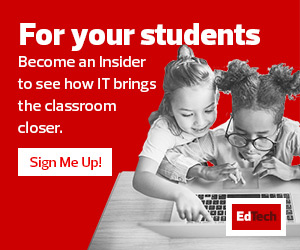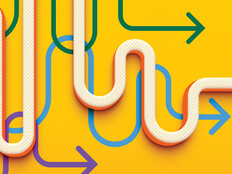How Does AI-Generated Content Work?
Tianfu “Matt” Wu is an associate professor of electrical and computer engineering at North Carolina State University and head of the Laboratory for interpretable Visual Modeling, Computing and Learning. Wu says there are two major models in testing: a text encoder trained to understand text inputs and an image decoder trained to synthesize a photorealistic image from the output of the text encoder.
RELATED: Learn more about Microsoft’s plans to incorporate ChatGPT into several apps.
“To a certain extent, the models are trained to encode and align different content, such as imagery and text, in some mathematical latent vector space, on top of which the models can be deployed to generate content,” Wu says.
Text prompts, however, are only one type of possible input or “condition” for generative AI content. Different inputs include sketches, other images or randomly sampled vectors, which follow a process called “unconditional generation.”












